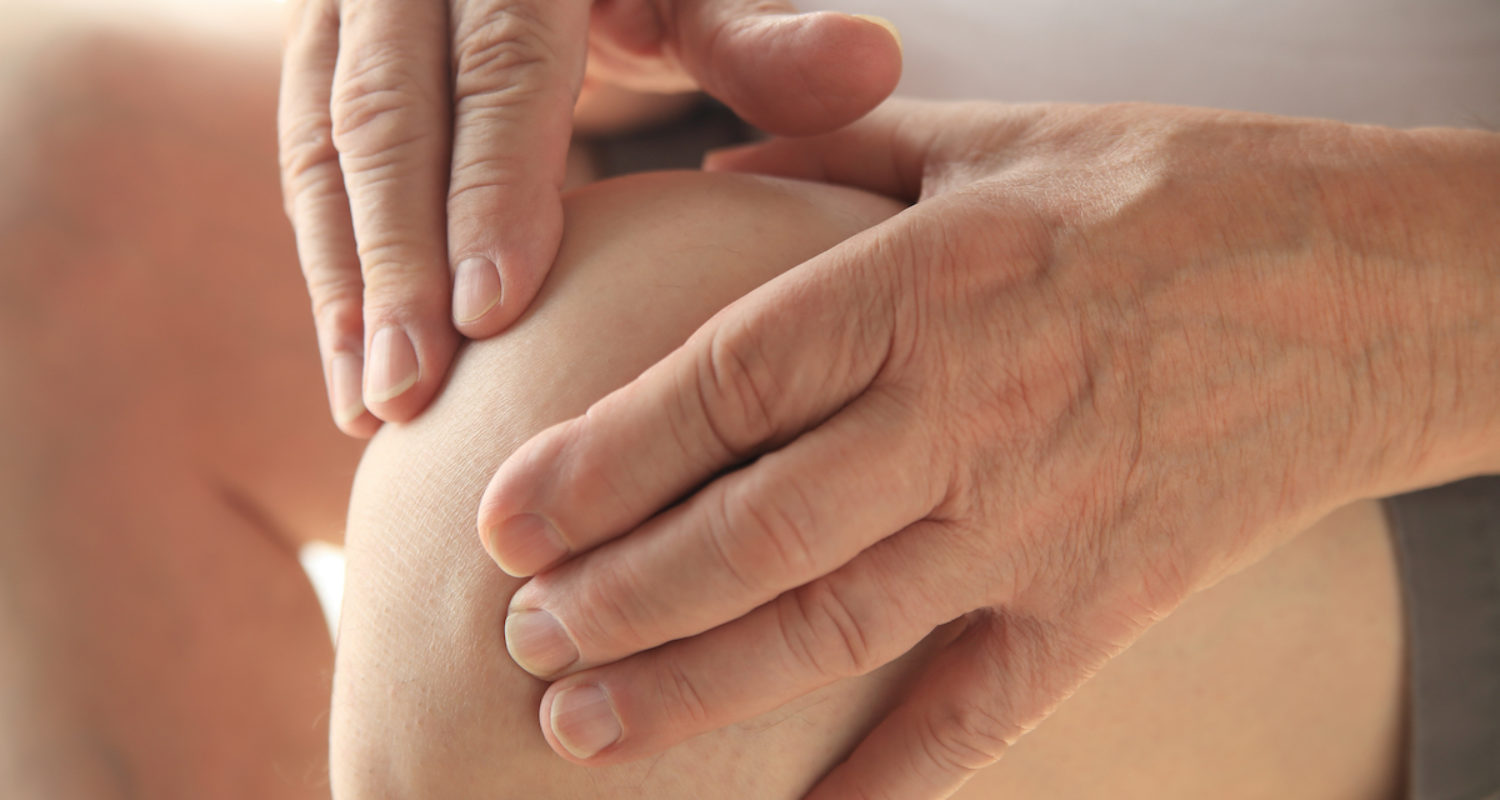
Osteopathy for Knee Osteoarthritis
What is Osteoarthritis?
Osteoarthritis (OA) is a common joint condition that affects not only the bone but cartilage, ligaments and muscles. It is often described as wear and tear, however it is now thought that OA is the result of a joint working very hard to repair itself in a situation of being place under biomechanics strain OA is most commonly found in the joints of the spine, knees, hips, fingers and the big toe. The changes in OA happen slowly so symptoms will come on gradually, usually over months or even years.
Signs and symptoms of OA generally include:
- Pain
- Joint stiffness and loss of range of movement
- Crepitus (a grating sensation inside the joint) with movement
- Inflammation of the tissues surrounding the joint
- Damage to joint cartilage, this protects the end of each bone in joints.
- Bony spurs grow around the edge of a joint
- Deterioration of ligaments and tendons
Knee Osteoarthritis
You may notice pain and stiffness in your knee, particularly first thing in the morning, after long periods of sitting, climbing stairs or kneeling. You knee may feel weak or feel like it will give way. Remember it is a slow process, so symptoms will develop over a long time.
Who and Why?
- 40 years +
- Genetics
- being overweight
- having a previous knee injury
- jobs involving excessive kneeling, climbing and squatting
Exercise and Knee Osteoarthritis
Regular exercise is the most important aspects of the treatment and management for knee OA. It has been shown to help reduce pain and control weight. Interestingly, even an 8% reduction in weight can noticeably reduce pain.
Below are some great activities to help manage OA pain and symptoms:
- Swimming/Water based exercises
- Cycling
- Walking
- Tai chi: Studies show that tai chi can help reduce pain and stiffness Â
- Strengthening the muscles around the knee and also the hip is very important also.
Osteopathy and OA
There is no cure for OA however it can be well managed:
- Your osteopath will perform a complete assessment and determine a diagnosis of your pain
- Develop a treatment and management plan going forward, including any take home advise and stretches/strength exercises.
- Osteopathy may help reduce muscle tension around the knee joints and help improve range of movement
- May help promote blood and lymphatic flow, helping reduce pain and inflammation.
- Our osteopaths will treat/release the structures around the hip and ankle joints to help overall lower limb biomechanics
Book an appointment to chat with one of our osteopaths about your knee pain HERE
References:
- https://arthritisaustralia.com.au/types-of-arthritis/osteoarthritis/
- https://pathways.nice.org.uk/pathways/osteoarthritis#path=view%3A/pathways/osteoarthritis/management-of-osteoarthritis.xml&content=view-info-category%3Aview-about-menu-responsibilities
- https://www.ncbi.nlm.nih.gov/pmc/articles/PMC3612336/
- https://www.ncbi.nlm.nih.gov/pmc/articles/PMC5638628/–
